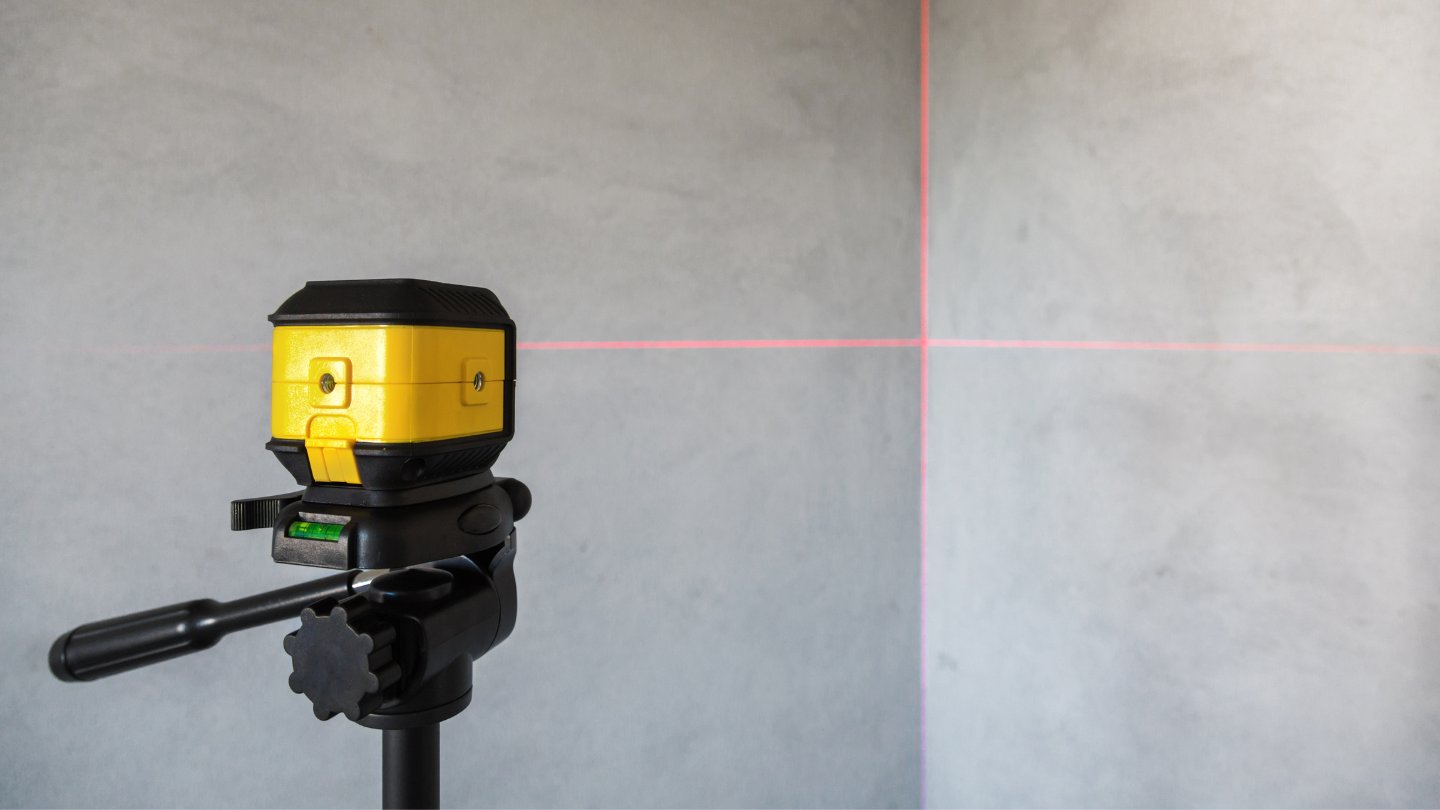

Articles
What Is Gimbal Plate On Laser Level
Modified: January 8, 2024
Learn all about the gimbal plate on a laser level in this informative article. Find out how this component helps maintain accuracy and stability during leveling tasks.
(Many of the links in this article redirect to a specific reviewed product. Your purchase of these products through affiliate links helps to generate commission for Storables.com, at no extra cost. Learn more)
Introduction
A laser level is a precision tool used for accurately measuring and aligning objects in various applications, including construction, surveying, and interior design. It projects a laser beam to create a straight reference line or a level plane. One of the key components that contribute to the precision and stability of a laser level is the gimbal plate.
A gimbal plate, also known as a leveling plate or a pendulum mechanism, is a crucial part of a laser level that allows it to maintain its level and stability. It is typically located within the housing of the laser level and is responsible for compensating for any external vibrations or movements that could affect the accuracy of the laser beam.
The gimbal plate consists of a pivoting mechanism that allows the laser level to freely move in multiple directions while keeping the laser beam properly aligned. This mechanism ensures that the laser level remains level, even when the surface it is placed on is uneven or when there are external disturbances such as shaking or vibrations.
The primary function of the gimbal plate is to maintain a stable reference plane or line, regardless of the conditions or environment in which the laser level is being used. It allows the laser level to adapt to changes in the surface or any external factors that may affect its accuracy.
Overall, the gimbal plate plays a vital role in ensuring the reliability and precision of a laser level. Without it, the laser level would be prone to errors and inaccuracies, making it less effective for its intended purposes.
In the following sections, we will delve deeper into the functions and types of gimbal plates used in laser levels as well as the importance of choosing the right gimbal plate for specific applications.
Key Takeaways:
- The gimbal plate is a crucial component of a laser level, ensuring stability, precision, and adaptability in various industries. It compensates for external movements, providing reliable and accurate measurements for construction, surveying, and interior design.
- Choosing the right gimbal plate is essential for optimal laser level performance. Factors such as application, leveling method, type of gimbal plate, range, durability, ease of use, compatibility, and budget should be carefully considered to enhance productivity and quality of work.
Read more: What Is Laser Level
Definition of a Gimbal Plate
A gimbal plate is a mechanical component found in laser levels and other precision instruments that allows for stable and accurate measurements. It is a device consisting of a platform or plate that is mounted on a set of pivots or hinges, enabling it to freely rotate and remain level regardless of external movements or vibrations.
The gimbal plate acts as a suspension system for the laser level, keeping it balanced and aligned even on uneven surfaces. It compensates for any tilts or disturbances, ensuring that the laser beam remains at the desired level or plane.
The plate itself is typically made of sturdy materials such as aluminum or stainless steel to provide durability and stability. It is designed to be lightweight yet robust, allowing it to handle the rigors of various working conditions without compromising accuracy.
The gimbal plate is often equipped with adjustable mechanisms that allow for precise calibration and fine-tuning. These adjustments ensure that the laser level maintains its accuracy and levelness in diverse environments and applications.
Overall, the gimbal plate serves as a crucial component of a laser level, providing stability and compensating for external factors that could affect the accuracy of measurements. It allows for precise alignment and leveling, making it an invaluable tool in construction, surveying, and other industries where precision is essential.
Function of a Gimbal Plate on Laser Level
The function of a gimbal plate on a laser level is to ensure the stability and accuracy of the laser beam by compensating for external movements and vibrations. It plays a crucial role in maintaining a level reference plane or line, even when the surface on which the laser level is placed is uneven.
When a laser level is set up, the gimbal plate allows the laser module to freely move and adjust itself to maintain a level position. This is achieved through the use of pivots or hinges that enable the laser level to tilt and rotate, ensuring that the laser beam remains parallel to the desired reference plane.
One of the key functions of the gimbal plate is to compensate for any tilts or disturbances caused by external factors, such as vibrations from machinery or slight movements of the surface. The plate’s design allows it to absorb and counteract these movements, resulting in a stable and accurate laser beam.
In addition to stabilizing the laser level, the gimbal plate also enables the laser module to rotate on a vertical axis. This rotation allows for the projection of a laser line or a rotating laser beam, depending on the specific capabilities of the laser level.
Furthermore, the gimbal plate allows for fine adjustments and calibration of the laser level. Most laser levels with a gimbal plate have built-in mechanisms that enable the user to fine-tune the levelness of the laser beam. This ensures precise and accurate measurements in various applications.
The function of the gimbal plate is particularly critical in construction projects, where precise leveling and alignment are essential. It allows contractors and builders to accurately set foundations, install ceilings, align walls, and perform other tasks that require precise measurements.
In summary, the function of a gimbal plate on a laser level is to provide stability, compensate for external movements and vibrations, allow for rotation, and facilitate fine adjustments. It ensures the laser beam remains at the desired level or plane, making the laser level an invaluable tool for a range of applications.
Importance of a Gimbal Plate on Laser Level
The gimbal plate is a crucial component of a laser level, and its importance cannot be overstated. Here are some key reasons why the gimbal plate is important:
- Stability: The gimbal plate ensures the stability of the laser level by compensating for external movements and vibrations. It allows the laser level to remain level and aligned, even on uneven surfaces or in environments with significant vibrations. This stability is essential for accurate measurements in construction, surveying, and other precision applications.
- Precision: The gimbal plate enables the laser level to maintain a level reference plane or line with utmost precision. It compensates for any tilts or disturbances, ensuring that the laser beam remains parallel to the desired plane. This precision is vital for tasks that require accurate leveling, such as installing cabinets, aligning tiles, or hanging artwork.
- Adaptability: The gimbal plate allows the laser level to adapt to different working conditions and surfaces. It compensates for changes in the surface, ensuring that the laser beam remains level and accurate. This adaptability is particularly important in construction sites where the ground might be uneven or prone to shifts.
- Efficiency: By providing stability and precision, the gimbal plate helps improve efficiency and productivity in various applications. With a reliable and accurate laser level, tasks that require precise measurements can be completed more efficiently, saving both time and effort.
- Safety: A properly functioning gimbal plate ensures the safety of workers by providing accurate measurements. When leveling structures or aligning objects, inaccuracies can lead to accidents or costly mistakes. The gimbal plate helps minimize these risks by maintaining the levelness of the laser beam, ensuring safe and precise work.
- Versatility: Laser levels with gimbal plates are versatile tools that can be used in various applications. Whether it’s construction, landscaping, interior design, or surveying, a laser level equipped with a gimbal plate can provide reliable and accurate measurements in different settings.
In summary, the gimbal plate is of utmost importance on a laser level. Its role in providing stability, precision, adaptability, efficiency, safety, and versatility cannot be overstated. By ensuring accurate measurements and maintaining a level reference plane, the gimbal plate enhances productivity and the quality of work in a wide range of industries and applications.
Types of Gimbal Plates used on Laser Levels
There are several types of gimbal plates used in laser levels, each with its own characteristics and advantages. These types include:
- Pendulum-style Gimbal Plate: This type of gimbal plate uses a pendulum mechanism to maintain levelness. It consists of a weight suspended from a pivot, allowing it to swing and adjust to external movements. Pendulum-style gimbal plates are commonly found in rotary laser levels and provide excellent stability and accuracy.
- Gravity-based Gimbal Plate: Gravity-based gimbal plates rely on the principle of gravity to maintain levelness. They use a weighted system that responds to changes in the surface to keep the laser level aligned. These gimbal plates are commonly used in line laser levels and are less complicated in design compared to pendulum-style plates.
- Electromagnetic Gimbal Plate: Electromagnetic gimbal plates utilize electromagnetic forces to maintain levelness and stability. These plates are equipped with electromagnetic sensors and motors that constantly adjust the positioning of the laser module to compensate for any movements or vibrations. This type of gimbal plate is often found in advanced laser levels and offers exceptional accuracy.
- Self-leveling Gimbal Plate: Self-leveling gimbal plates are advanced mechanisms that automatically level the laser level without the need for manual adjustments. These plates use a combination of gravity or pendulum mechanisms and electronic sensors to detect any tilts and make the necessary adjustments. They are commonly used in high-end laser levels and provide precise leveling capabilities.
Each type of gimbal plate has its own strengths and is suited for different applications. Pendulum-style gimbal plates excel in rotary laser levels that require continuous rotation and accurate leveling. Gravity-based gimbal plates are reliable and cost-effective, making them popular in line laser levels. Electromagnetic gimbal plates offer exceptional accuracy and are commonly used in advanced laser levels. Self-leveling gimbal plates provide convenience and ease of use, automatically adjusting the laser level for precise leveling.
When choosing a laser level, it’s important to consider the type of gimbal plate that best suits your specific needs and the intended application. Factors such as the working environment, required accuracy, and budget should be taken into account to make an informed decision.
Overall, the various types of gimbal plates used in laser levels ensure stability, accuracy, and adaptability, providing users with versatile tools for precise measurements in a wide range of industries and applications.
The gimbal plate on a laser level allows the laser to remain level even on uneven surfaces, ensuring accurate measurements and alignments. Regularly check and calibrate the gimbal plate to maintain precision.
Read more: What Is The Best Laser Level
Factors to Consider when Choosing a Gimbal Plate for a Laser Level
Choosing the right gimbal plate for a laser level is crucial to ensure optimal performance and accuracy. Here are some important factors to consider when selecting a gimbal plate:
- Application: Consider the specific application or industry you will be using the laser level in. Different applications may require different levels of accuracy and stability. For example, construction and surveying projects may demand higher precision compared to general DIY tasks.
- Leveling Method: Determine the leveling method that best suits your needs. There are manual leveling and self-leveling gimbal plates available. Manual leveling requires you to manually adjust the laser level until it is perfectly level, while self-leveling plates automatically adjust the position of the laser module for quick and accurate leveling.
- Gimbal Plate Type: Consider the type of gimbal plate that is appropriate for your requirements. Pendulum-style gimbal plates offer excellent stability and accuracy for rotary laser levels, while gravity-based plates are commonly used in line laser levels. Electromagnetic gimbal plates and self-leveling plates provide advanced features and higher accuracy.
- Range and Accuracy: Assess the range and accuracy specifications of the gimbal plate. Determine the distance over which the laser level will be used and ensure that the gimbal plate can maintain the desired levelness and accuracy within that range.
- Durability: Evaluate the durability and construction of the gimbal plate. It should be built with sturdy materials that can withstand the demands of the working environment. Look for gimbal plates made of high-quality aluminum or stainless steel for long-lasting performance.
- Ease of Use: Consider the ease of use and convenience offered by the gimbal plate. Look for features such as intuitive controls, clear instructions, and simple calibration processes. An easy-to-use gimbal plate will save time and effort during setup and operation.
- Compatibility: Ensure that the gimbal plate is compatible with the laser level you intend to use it with. Check the specifications and compatibility information provided by the manufacturer to make sure they are compatible and will work together seamlessly.
- Budget: Consider your budget and look for a gimbal plate that offers the best value for your money. Compare prices, features, and reviews to find a balance between quality and affordability.
By considering these factors, you can select a gimbal plate that meets your specific requirements and ensures accurate and reliable performance in your laser level. Take the time to research and compare different options to make an informed decision that will enhance your productivity and quality of work.
Installation and Adjustment of a Gimbal Plate on a Laser Level
The proper installation and adjustment of a gimbal plate are essential to ensure the optimal performance and accuracy of a laser level. Here are step-by-step instructions on how to install and adjust a gimbal plate:
- Prepare the Laser Level: Before installing the gimbal plate, ensure that your laser level is turned off and the power source is disconnected. This will prevent any accidental movements or damage during the installation process.
- Access the Gimbal Plate: Depending on the design of your laser level, you may need to remove a cover or access panel to reveal the gimbal plate. Follow the manufacturer”s instructions to safely access the gimbal plate.
- Align the Gimbal Plate Position: The gimbal plate should be aligned in its default position, which is typically level. Use a bubble level or a similar leveling tool to ensure that the plate is properly aligned before proceeding with the installation.
- Secure the Gimbal Plate: Once the gimbal plate is aligned, secure it in place using the screws or fasteners provided with your laser level. Tighten the screws gently but firmly to ensure a secure fit. Be careful not to over-tighten, as this can affect the movement of the gimbal plate.
- Perform Calibration (If Required): Depending on the type of gimbal plate and laser level you have, there may be a calibration process necessary. Follow the manufacturer’s instructions to calibrate the gimbal plate, ensuring that it is set to the desired levelness and accuracy.
- Test the Laser Level: After installing and calibrating the gimbal plate, test the laser level to ensure it is functioning correctly. Power on the laser level and observe the laser beam. Check if it remains level and stable, even when the laser level is subjected to slight movements or vibrations.
- Make Adjustments (If Needed): If the laser beam is not perfectly level, make fine adjustments to the gimbal plate. Refer to the manufacturer’s instructions for the specific adjustment mechanisms and procedures. Take small, incremental steps to avoid overcompensating and affecting the accuracy of the laser level.
- Repeat Calibration and Testing: After making adjustments, recalibrate the gimbal plate and test the laser level again. Repeat this process until the laser beam remains level and stable in various testing conditions.
- Finalize the Installation: Once the gimbal plate is properly adjusted and the laser beam is accurately leveled, finalize the installation by securely fastening any covers or access panels that were removed earlier.
It is important to consult the user manual or follow the manufacturer’s instructions specific to your laser level model during the installation and adjustment process. This will ensure that you follow the correct procedures and avoid any potential damage to the laser level or gimbal plate.
By properly installing and adjusting the gimbal plate, you can maximize the performance and accuracy of your laser level, ensuring precise measurements and reliable results in your various projects.
Troubleshooting Common Issues with Gimbal Plates on Laser Levels
While gimbal plates are designed to provide stability and accuracy to laser levels, they may encounter occasional issues that can affect their performance. Here are some common problems with gimbal plates on laser levels and troubleshooting steps:
- Unstable Laser Beam: If the laser beam appears unstable or wavers excessively, it may indicate a problem with the gimbal plate. Check if the gimbal plate is properly installed and securely fastened. Ensure that there are no loose components or debris that may interfere with its movement.
- Off-Level Laser Beam: If the laser beam is consistently off-level despite proper installation, there may be an issue with the gimbal plate calibration. Refer to the user manual to recalibrate the gimbal plate and ensure that it is set to the correct levelness. Check for any obstructions or interferences that may hinder the proper adjustment of the gimbal plate.
- Inaccurate Measurements: Inaccurate measurements can result from problems with the gimbal plate’s levelness or stability. Check the gimbal plate for any signs of damage or wear. Ensure that it is properly aligned and securely fastened. If the issue persists, consult the manufacturer for further troubleshooting steps or consider contacting customer support.
- Limited Range and Angle: If the laser level’s range or angle of rotation is limited, it may indicate a restriction in the gimbal plate’s movement. Check for any obstructions or blockages that may hinder the full range of the gimbal plate. Clear any debris or obstacles to allow for unrestricted movement.
- No Self-leveling Function (For Self-leveling Gimbal Plates): If a self-leveling gimbal plate does not function as expected, first ensure that it is installed correctly and on a stable surface. Verify that the power source is connected and functioning properly. If the issue persists, check the manufacturer’s instructions for any troubleshooting steps or contact customer support for assistance.
- Excessive Vibrations: Excessive vibrations can negatively impact the performance of the gimbal plate. Make sure that the laser level is placed on a stable surface to minimize vibrations. If vibrations persist, consider using vibration-dampening devices or repositioning the laser level to a more stable location.
- Erratic Movement or Sticking: If the gimbal plate moves erratically or appears to stick in a certain position, it may indicate a mechanical issue. Inspect the gimbal plate for any signs of damage, such as worn pivot points or friction points. Lubricate the moving parts if necessary, following the manufacturer’s recommendations.
Should you encounter any persistent issues or problems with the gimbal plate or laser level, it is recommended to consult the user manual for specific troubleshooting guidance. Additionally, contacting the manufacturer’s customer support can provide valuable assistance and guidance tailored to your laser level model.
Regular maintenance and periodic inspection of the gimbal plate can help identify and resolve any issues promptly, ensuring the continued accuracy and performance of your laser level.
Conclusion
The gimbal plate is a crucial component of a laser level that plays a significant role in ensuring stability, accuracy, and reliability. It compensates for external movements, vibrations, and uneven surfaces, allowing the laser level to maintain a level reference plane or line. The gimbal plate is an essential part of various industries, including construction, surveying, and interior design, where precise measurements are essential for quality work.
Understanding the function and importance of a gimbal plate is essential for selecting the right laser level for specific applications. Factors such as application requirements, leveling method, gimbal plate type, range, accuracy, durability, ease of use, compatibility, and budget should be carefully considered when choosing a laser level with a suitable gimbal plate.
Proper installation and adjustment of the gimbal plate are critical to ensuring optimal performance. Following the manufacturer’s instructions, aligning the gimbal plate, securing it properly, and performing calibration are necessary steps for achieving accurate and stable measurements. Regular maintenance and troubleshooting of the gimbal plate can help resolve common issues and maintain the laser level’s performance over time.
In conclusion, the gimbal plate is a vital component that contributes to the precision and stability of a laser level. Its role in compensating for external movements and maintaining levelness is essential for accurate measurements in various industries. By understanding its function, selecting the appropriate type, and properly installing and maintaining it, users can maximize the potential of their laser levels and achieve reliable and precise results in their projects.
Frequently Asked Questions about What Is Gimbal Plate On Laser Level
Was this page helpful?
At Storables.com, we guarantee accurate and reliable information. Our content, validated by Expert Board Contributors, is crafted following stringent Editorial Policies. We're committed to providing you with well-researched, expert-backed insights for all your informational needs.
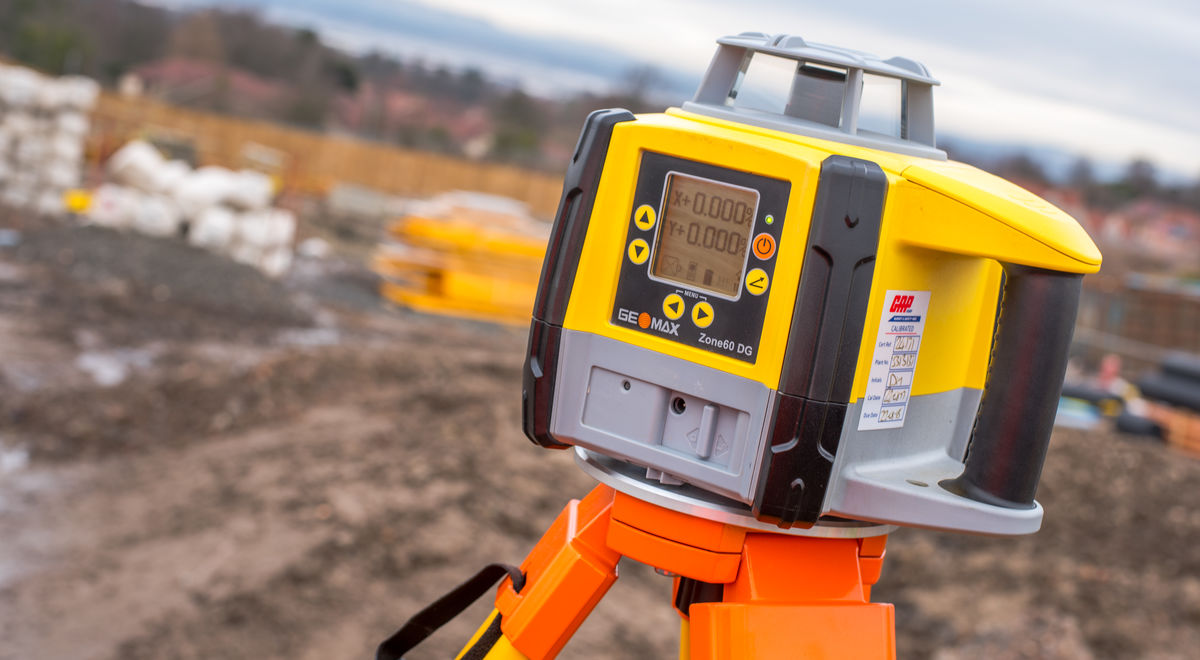
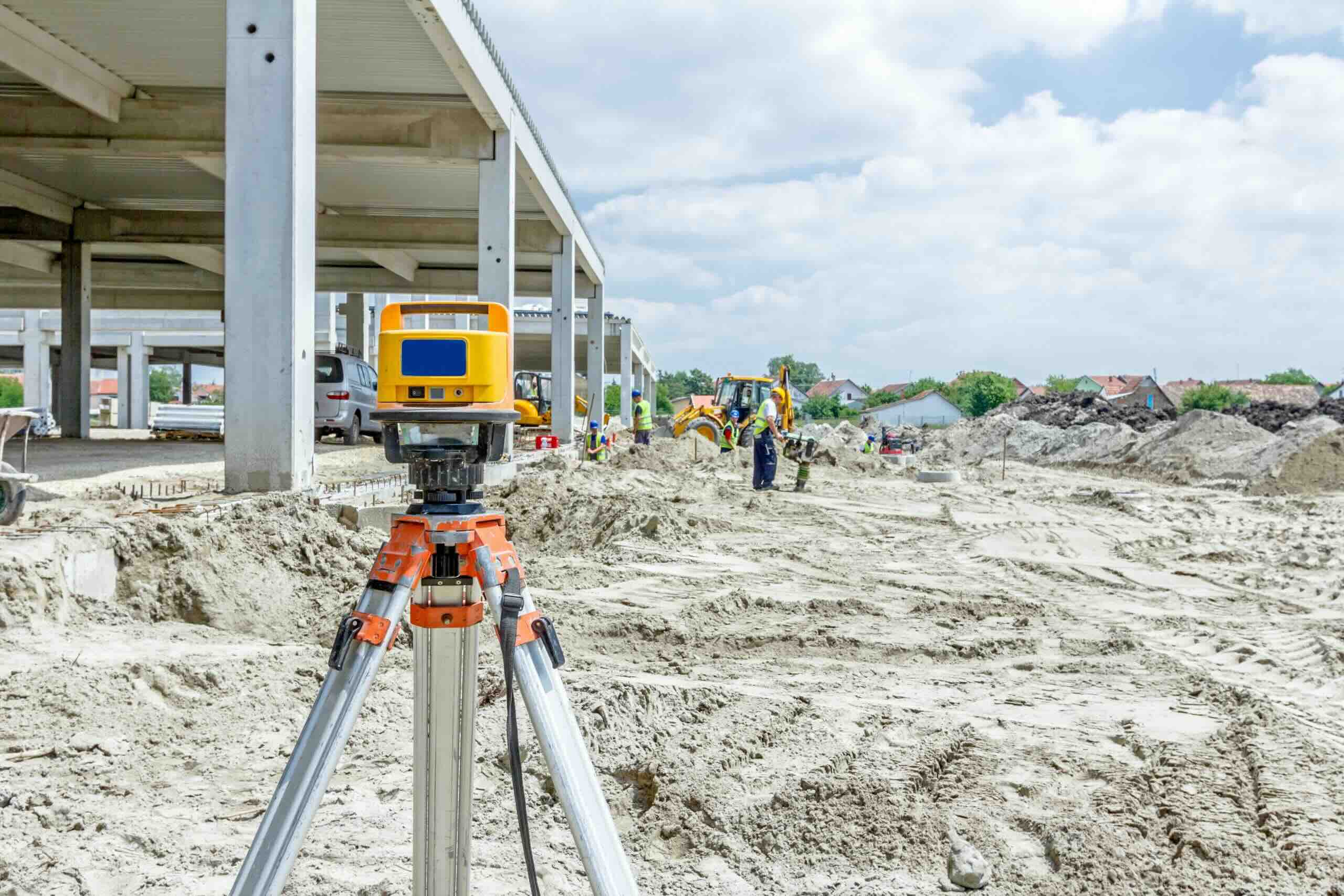
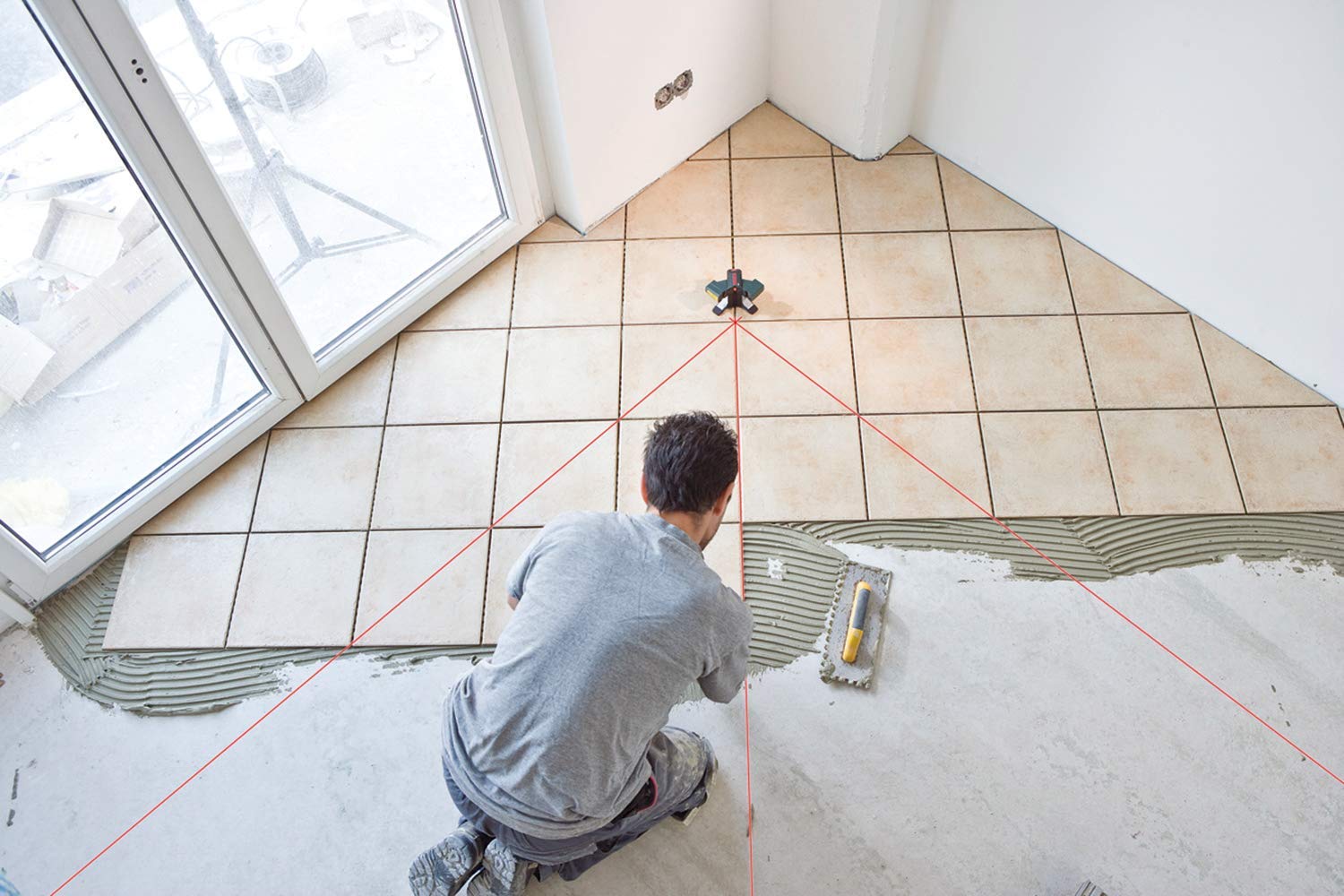
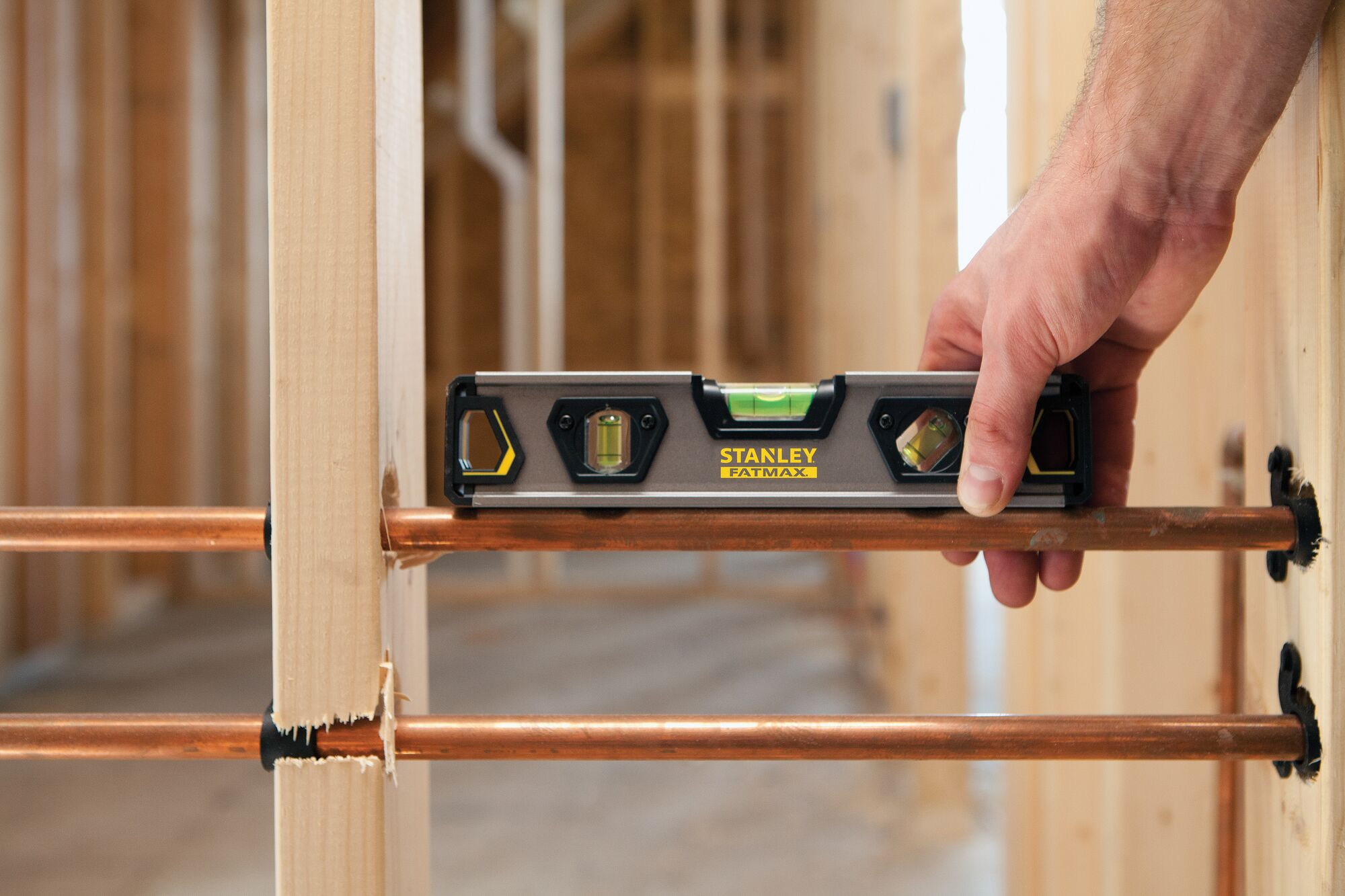
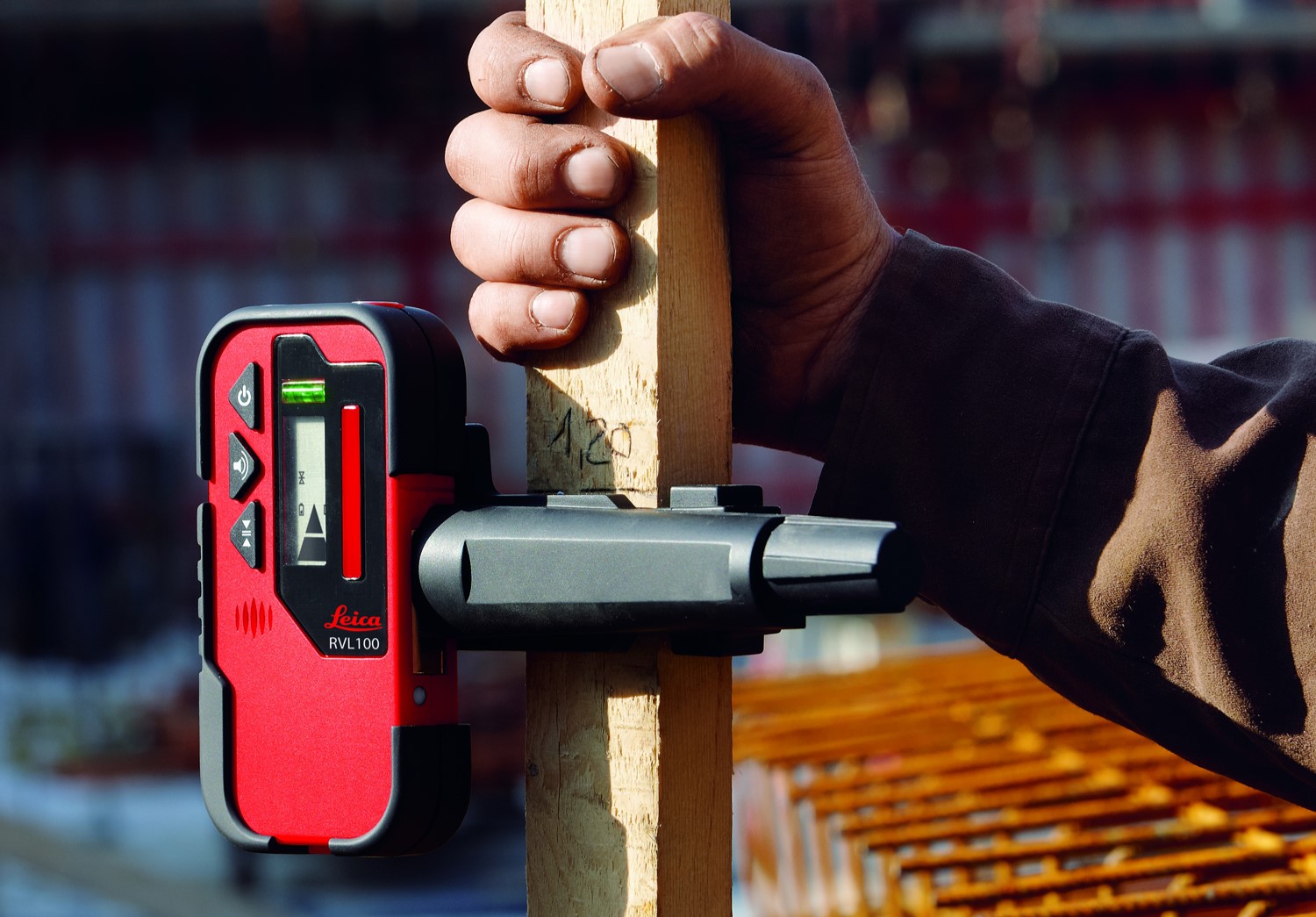
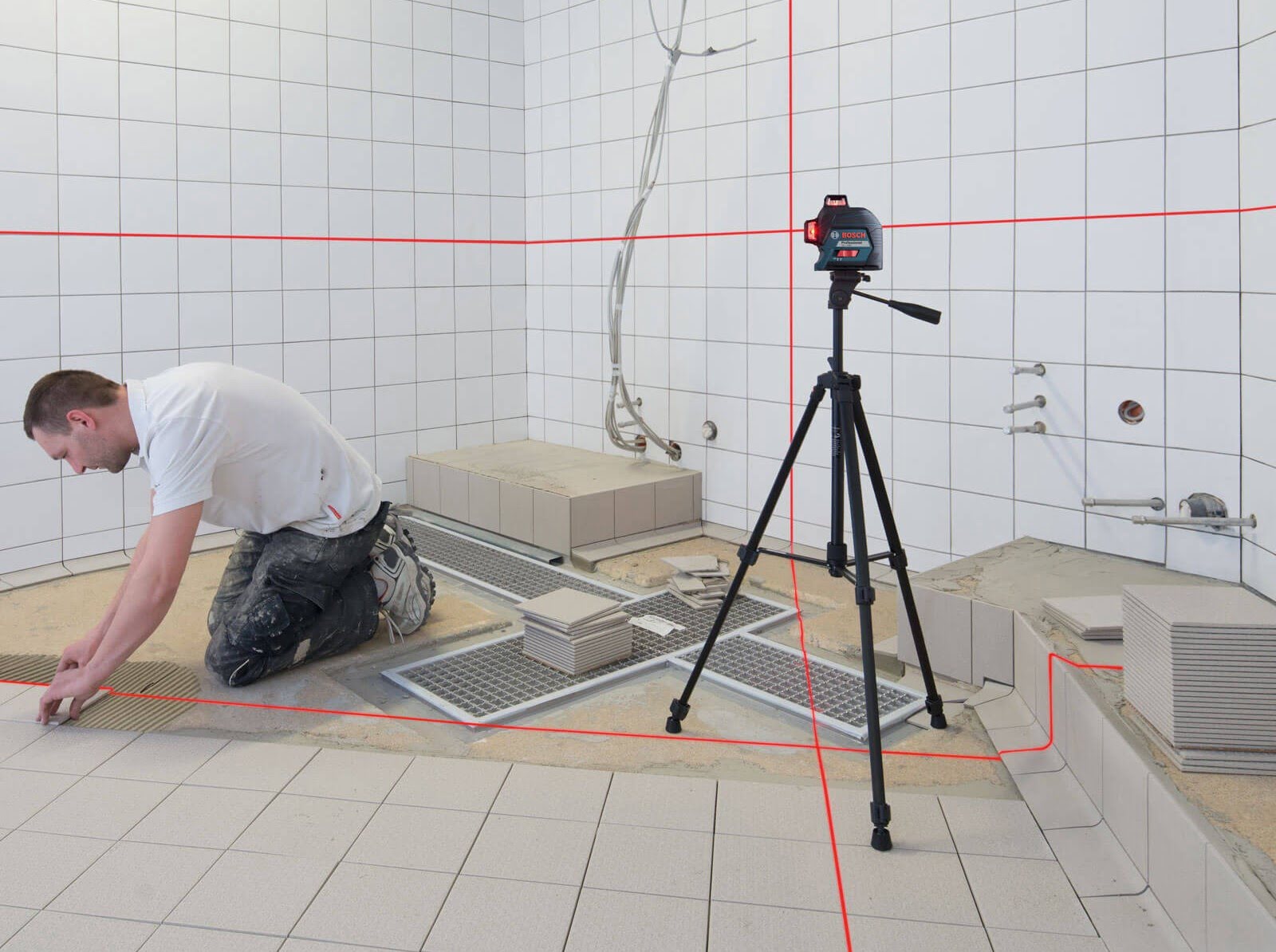
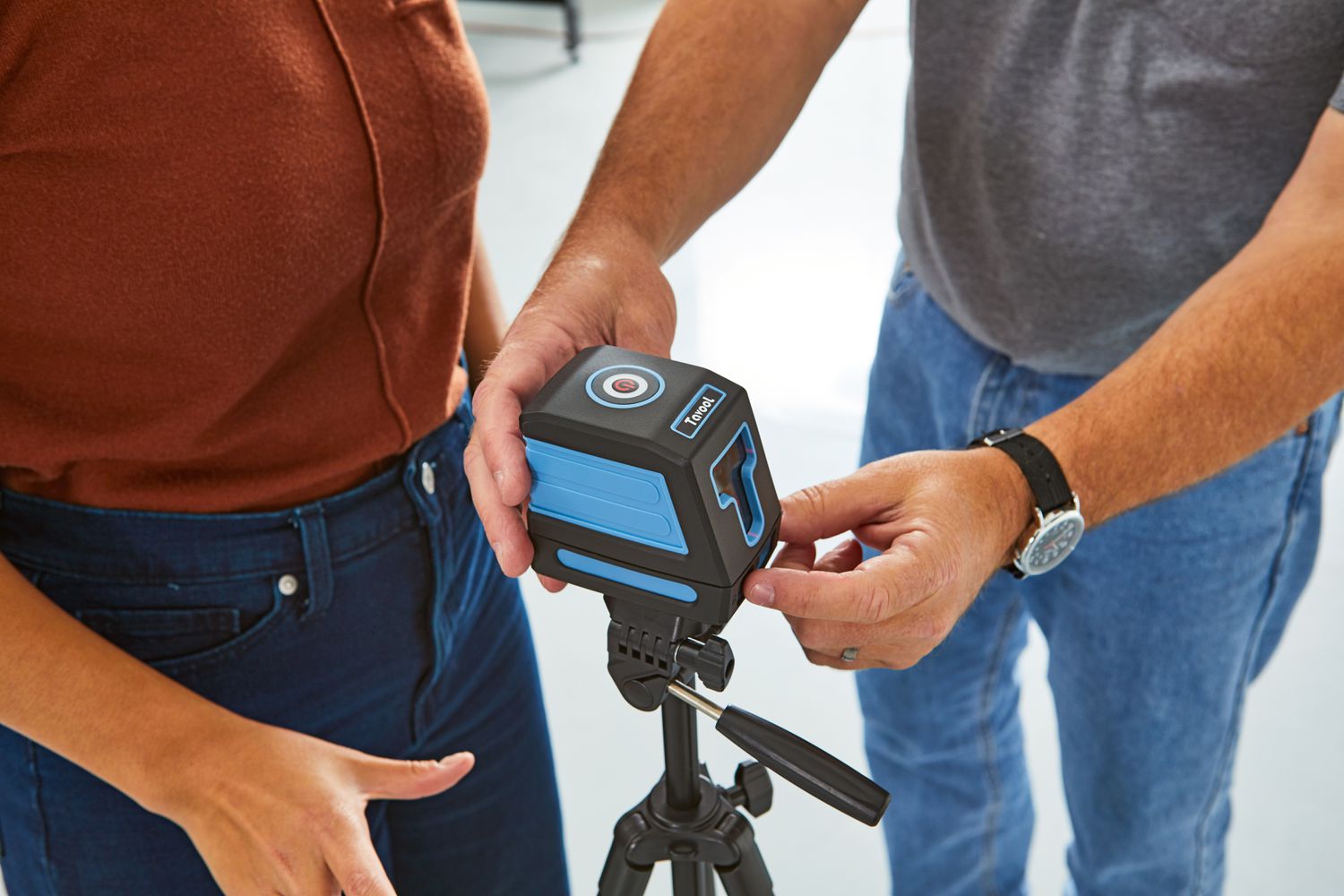
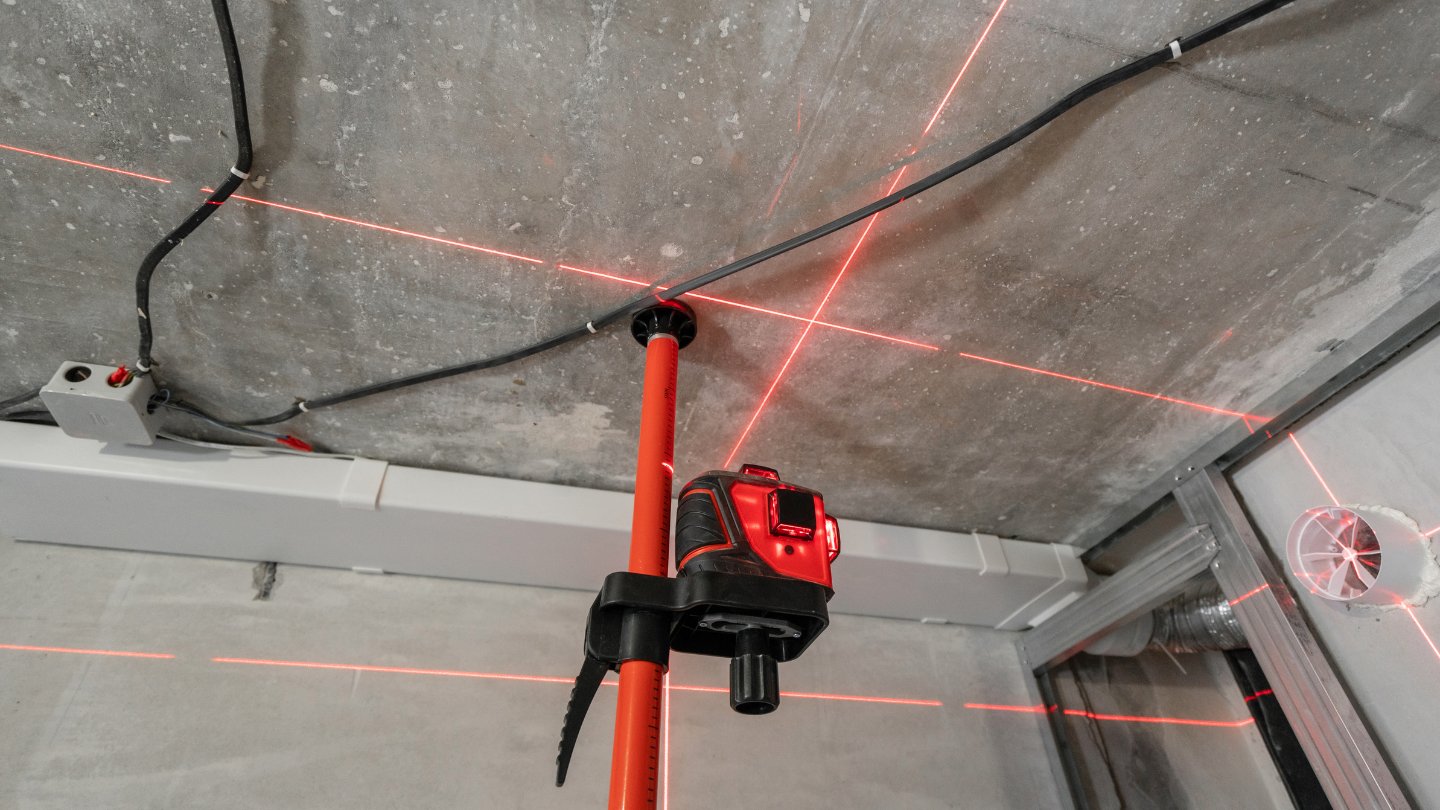
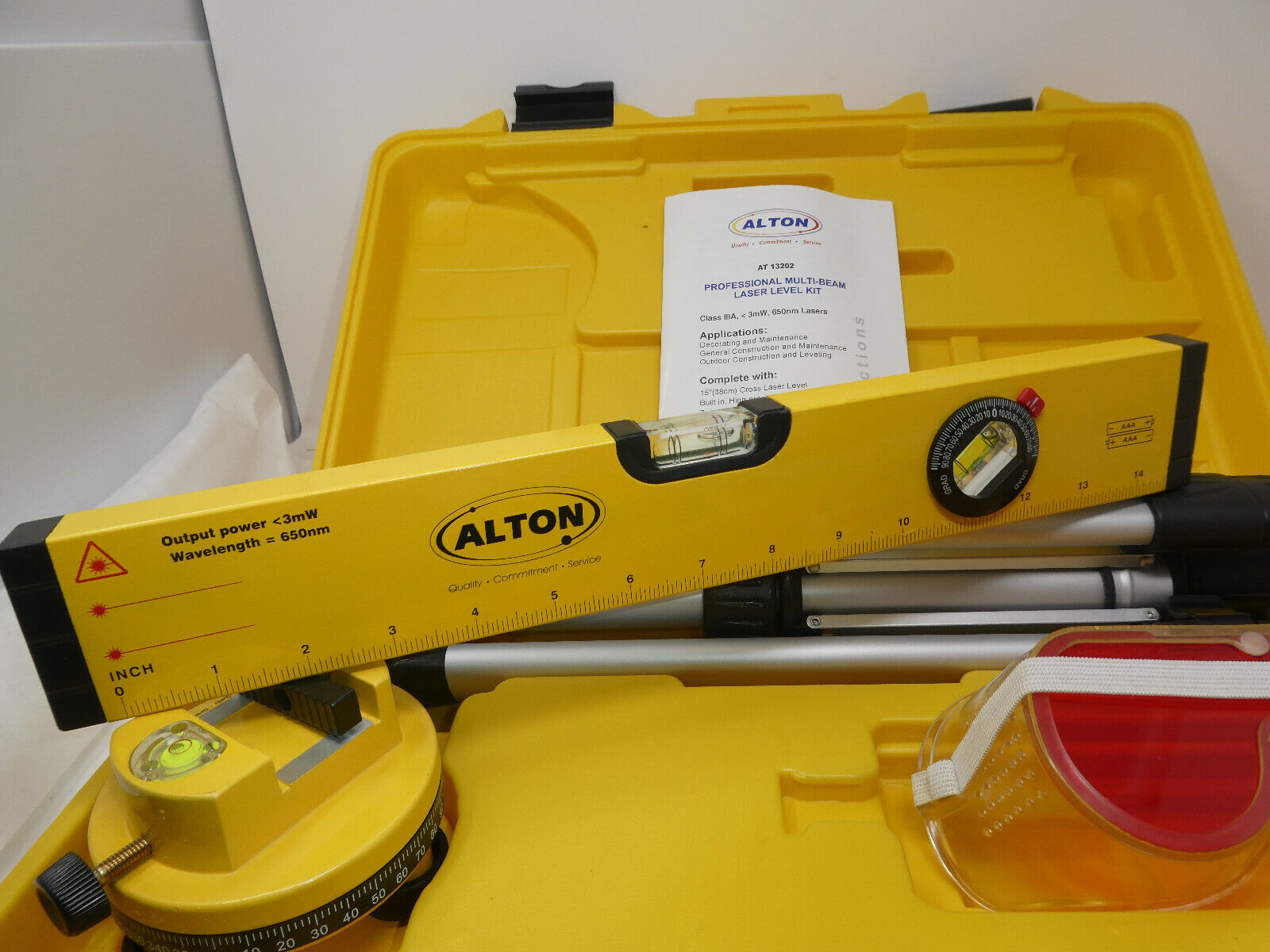
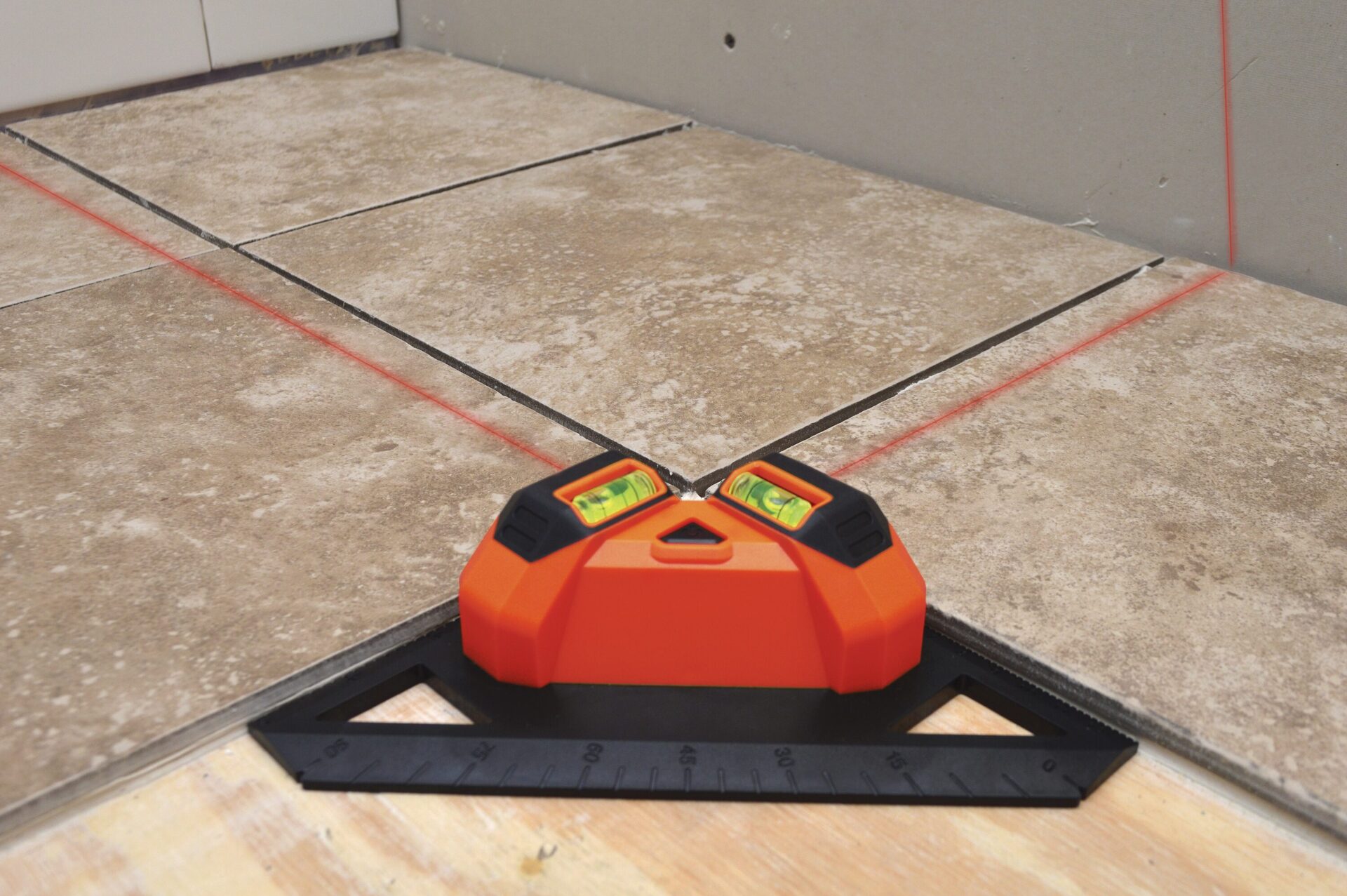

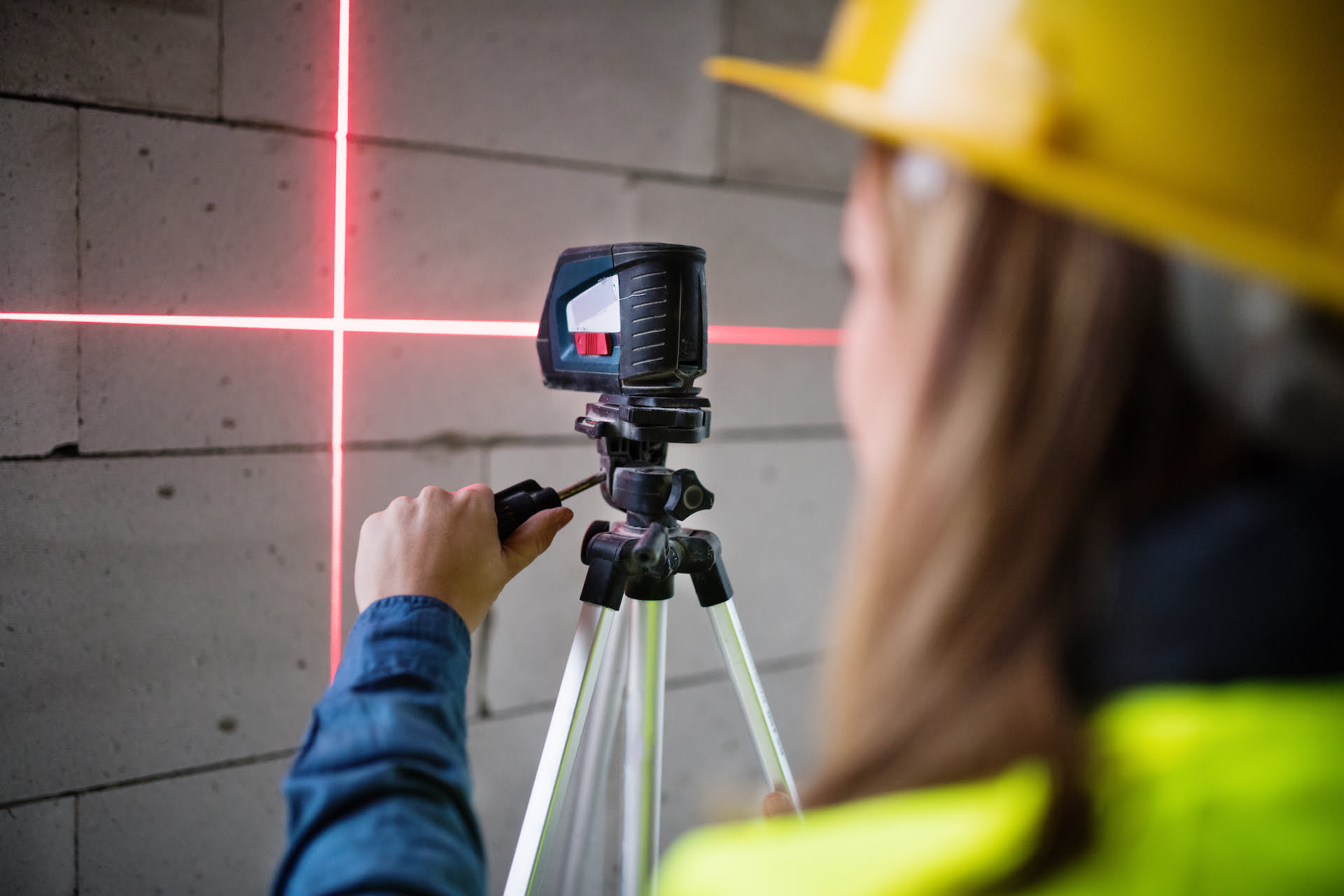
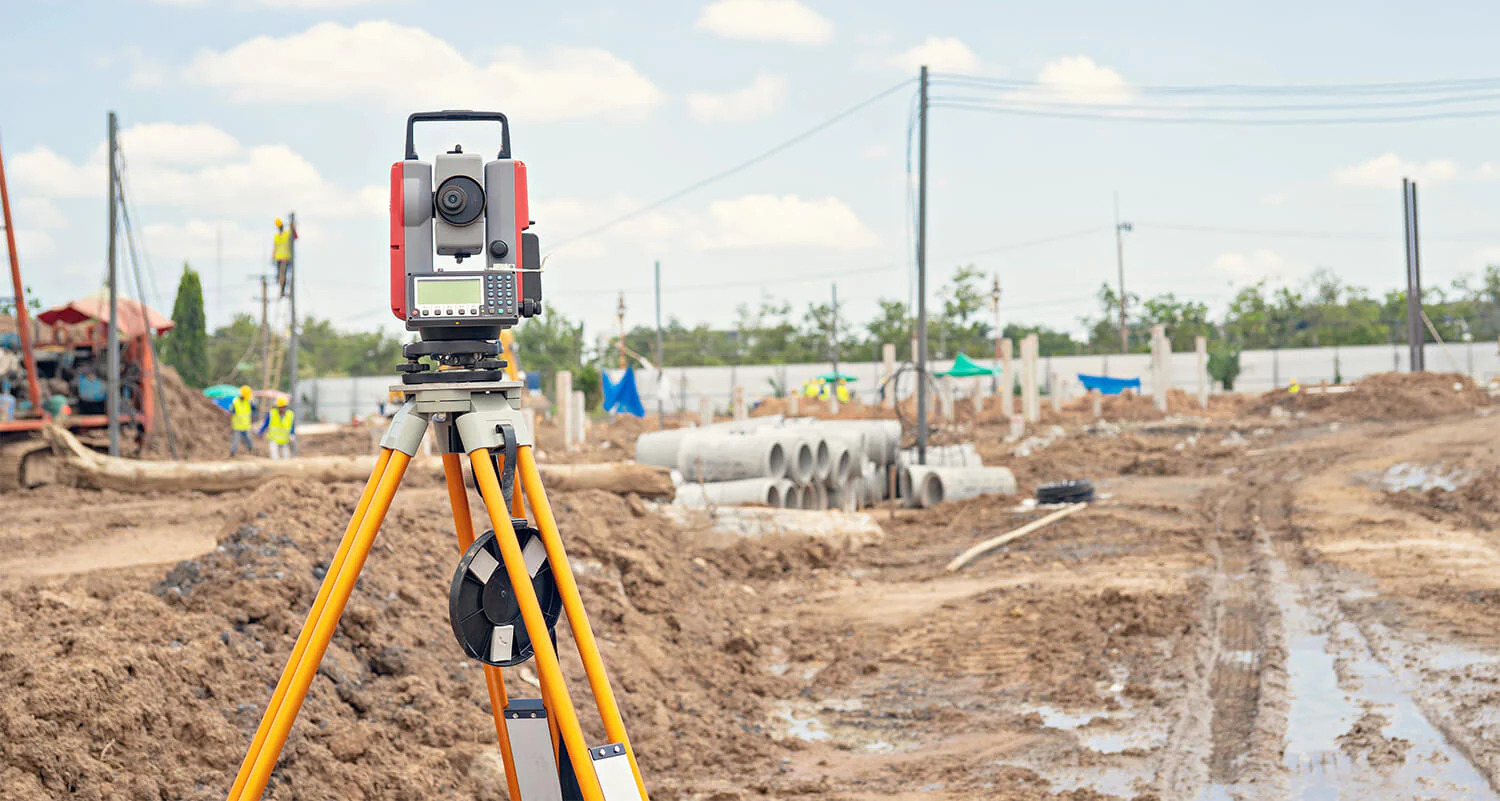
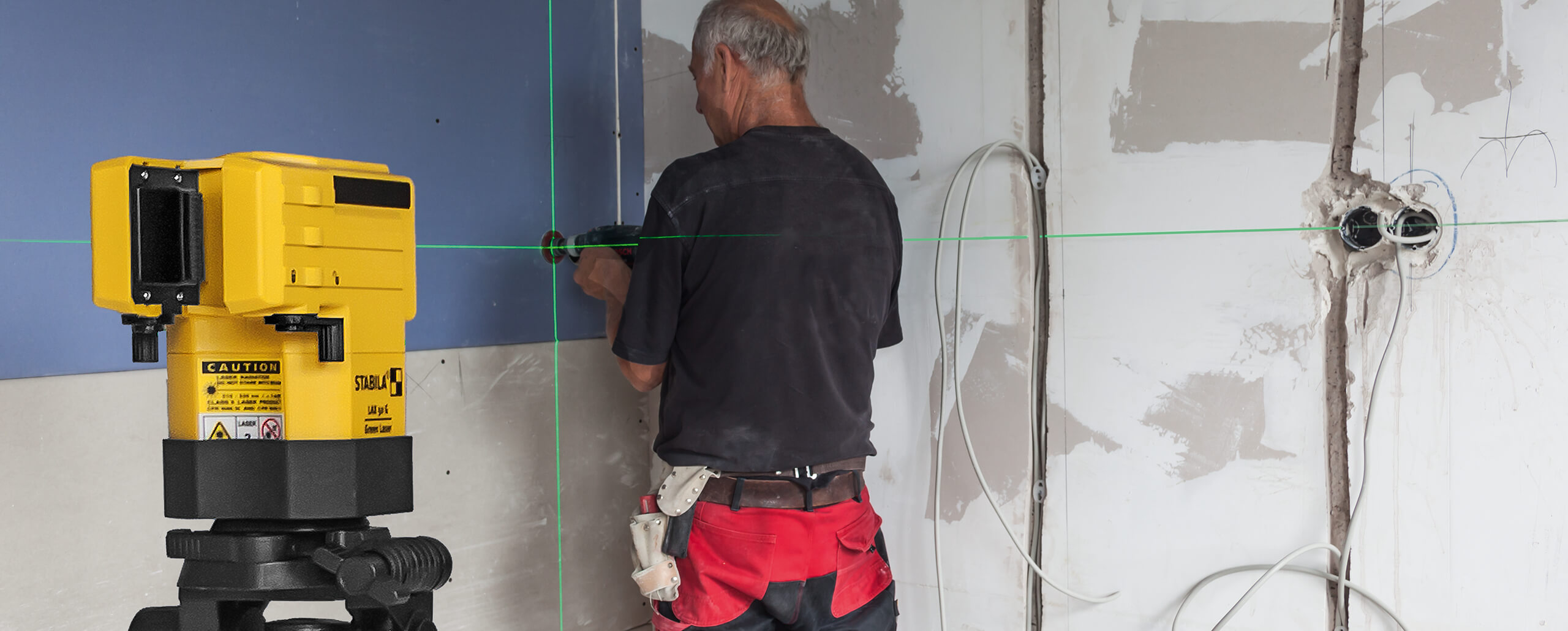

0 thoughts on “What Is Gimbal Plate On Laser Level”